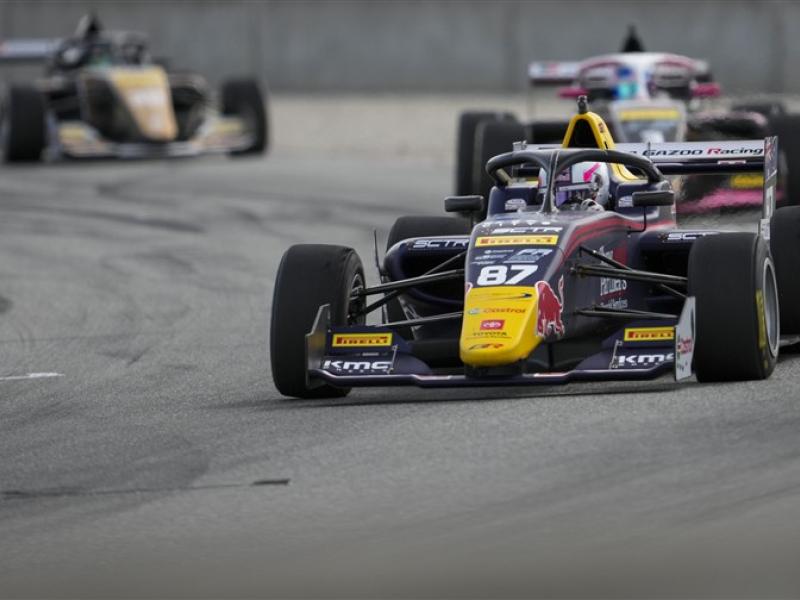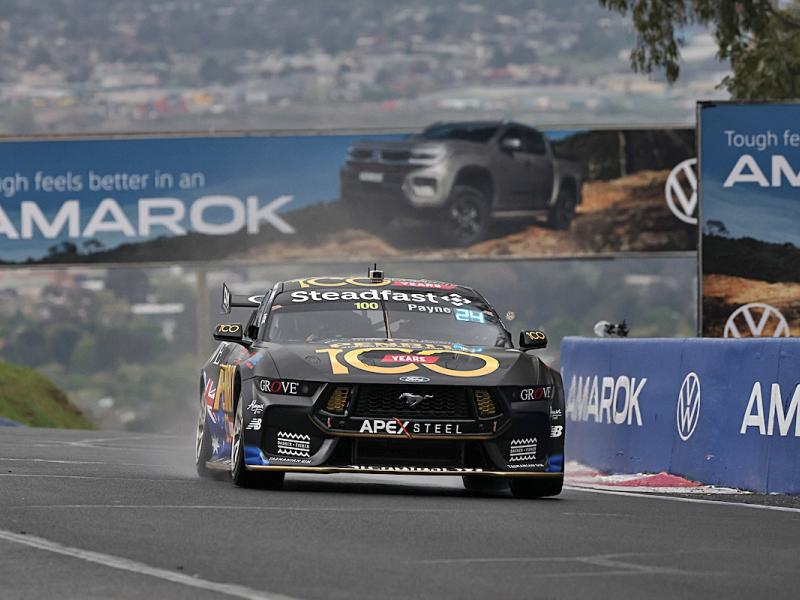In its global strategy to improve fuel economy and reduce oil consumption and CO2 emissions, General Motors Chairman Rick Wagoner recently announced that GM will introduce a second-generation version of the GM Hybrid System with a new, more powerful lithium-ion battery. Hitachi Vehicle Energy Ltd will supply an advanced lithium-ion battery, which will help make the next-generation GM Hybrid System nearly three times more powerful than the system it replaces. Overall fuel economy improvements for cars and trucks using the system are expected to be up to 20 percent, depending on engine and vehicle application. "This new system is another important step in our broad-based strategy to reduce vehicle fuel consumption and emissions," said Wagoner the last Geneva Motor Show. The next-generation GM Hybrid System will build upon the successful belt-alternator-starter hybrid technology currently available in the Saturn Vue, Saturn Aura and Chevrolet Malibu. By building on this proven technology, Wagoner said, GM will be able to make the GM Hybrid System more cost-effective and expand its application in GM’s global vehicle portfolio. "In order to have a real impact in reducing oil consumption, oil imports, and CO2 emissions, advanced technologies must be affordable enough to drive high-volume applications," he said. "We plan to roll out this next-generation hybrid technology globally, across our brands and regions, starting in 2010 in North America, and we expect that volumes will eventually exceed 100,000 units annually." The next-generation GM Hybrid System will complement GM’s widely acclaimed Two-Mode Hybrid system as part of the company’s advanced power train portfolio. The Two-Mode Hybrid system debuted in 2007 in the Chevrolet Tahoe and GMC Yukon, and will be offered this year in the Chevrolet Silverado and GMC Sierra full-size pickups. The first front-wheel-drive application of the Two-Mode Hybrid system will debut in the 2009 Saturn Vue Green Line. The increased power from the lithium-ion battery will allow the next-generation GM Hybrid System to be used in a wide range of global powertrains, including naturally aspirated engines, new high-efficiency turbocharged engines, bio-fuel engines and diesels. This technology is showcased in the Saab 9-X BioPower Hybrid concept car, which debuted at the Geneva Motor Show. The Saab concept is capable of 117 g CO2/km, or projected fuel consumption of just 4.9 l/100 km (48 mpg) when running on gasoline over the combined cycle. The next-generation GM Hybrid System helps optimise fuel efficiency and reduce emissions by: • Turning the engine off at idle • Offering brief electric-only propulsion • Using a more powerful electric motor to enhance engine efficiency • Extending fuel cutoff during deceleration • Extending regenerative braking to recapture more energy • Performing intelligent hybrid battery charging For additional energy savings, an advanced six-speed automatic transmission also may be used, depending on the vehicle application. The current GM Hybrid System was introduced in 2006 on the Saturn Vue Green Line SUV, which remains the lowest-priced hybrid SUV in the U.S., starting at US $25,995. By the end of 2008, GM will offer eight hybrid models in North America and nine worldwide. GM will introduce 16 new hybrid vehicles over the next four years.
GM to expand and refine its Hybrid system
GM to expand and refine its Hybrid system
Motorsport
Tuesday, 22 April 2008






